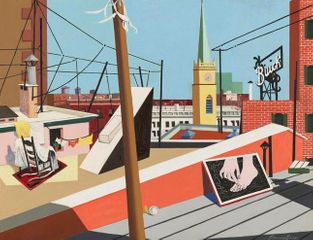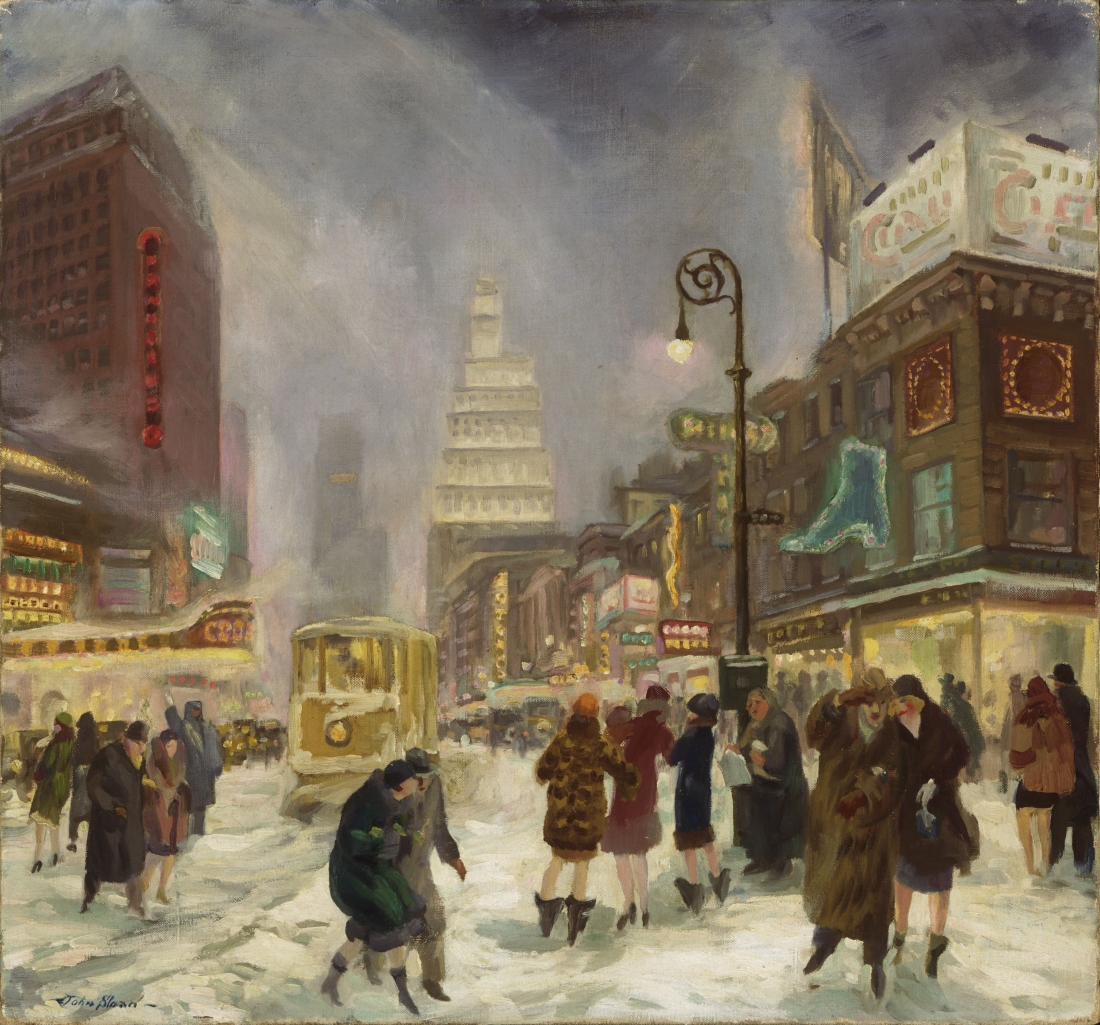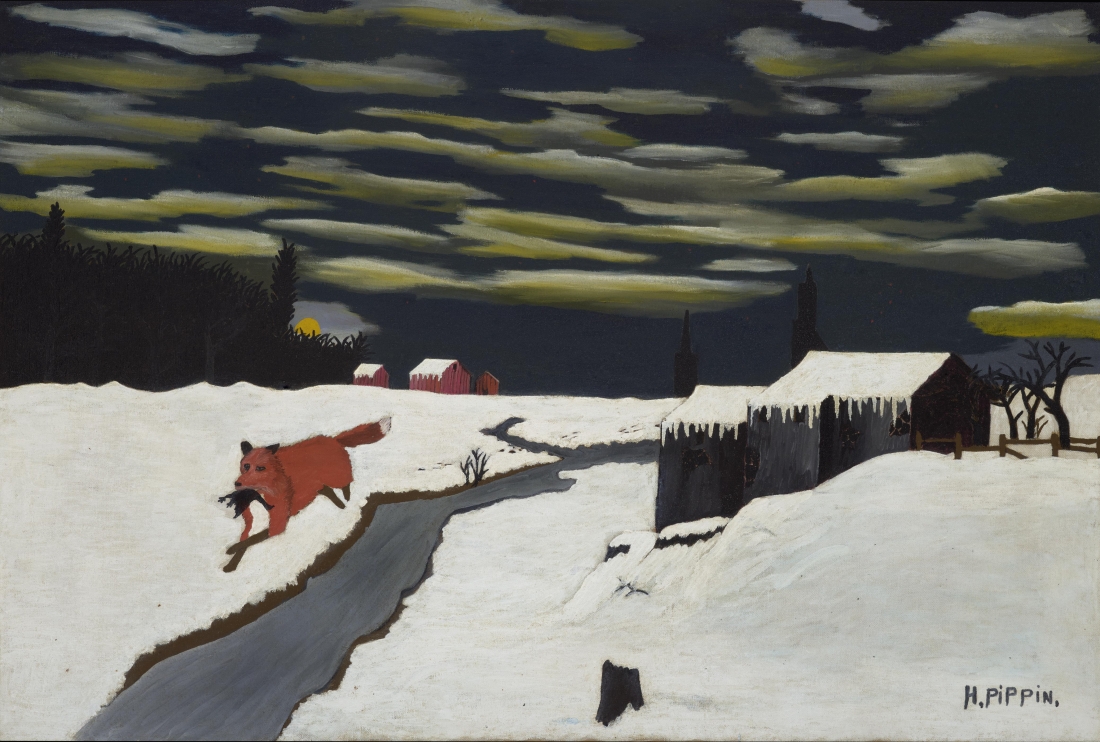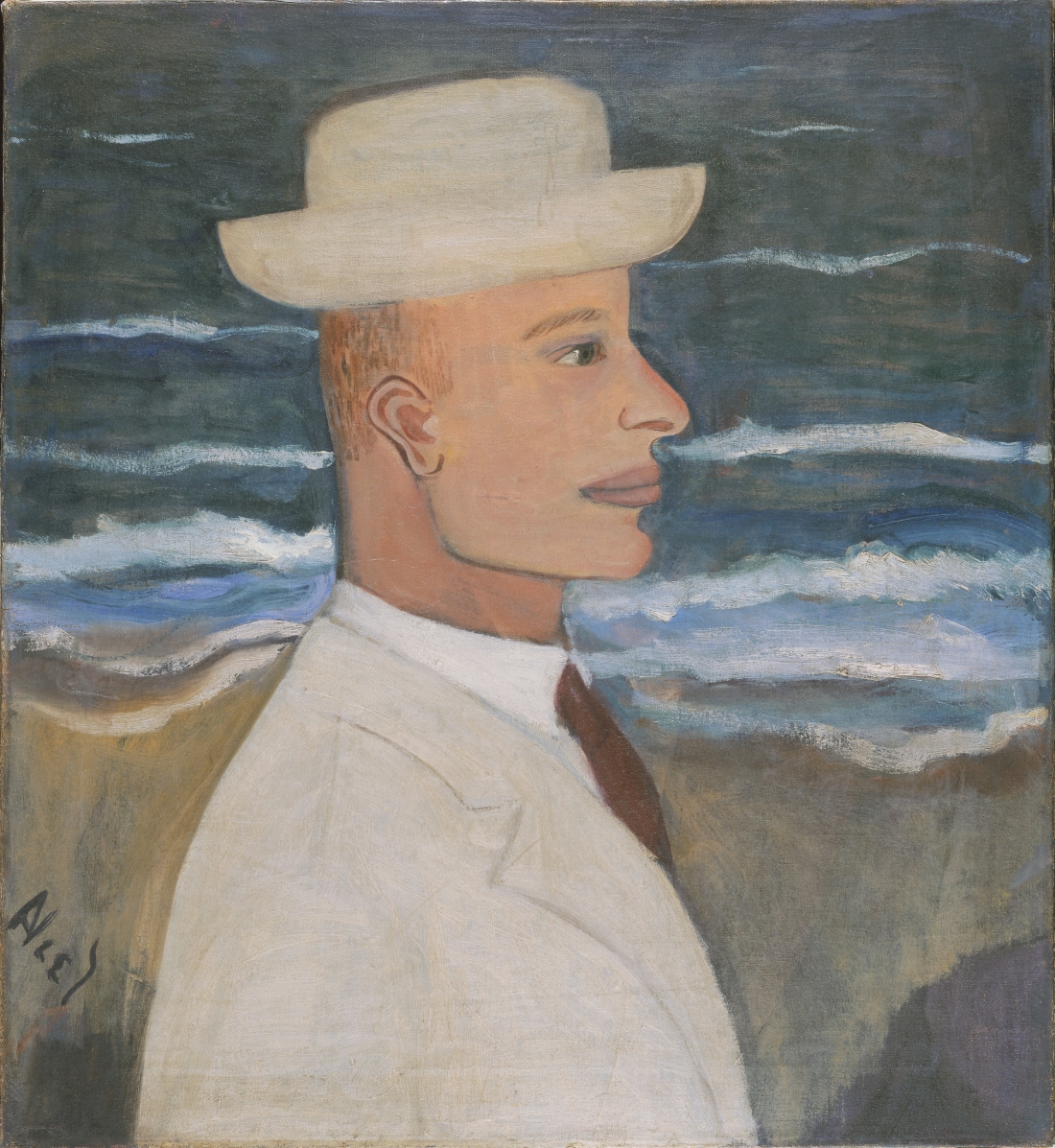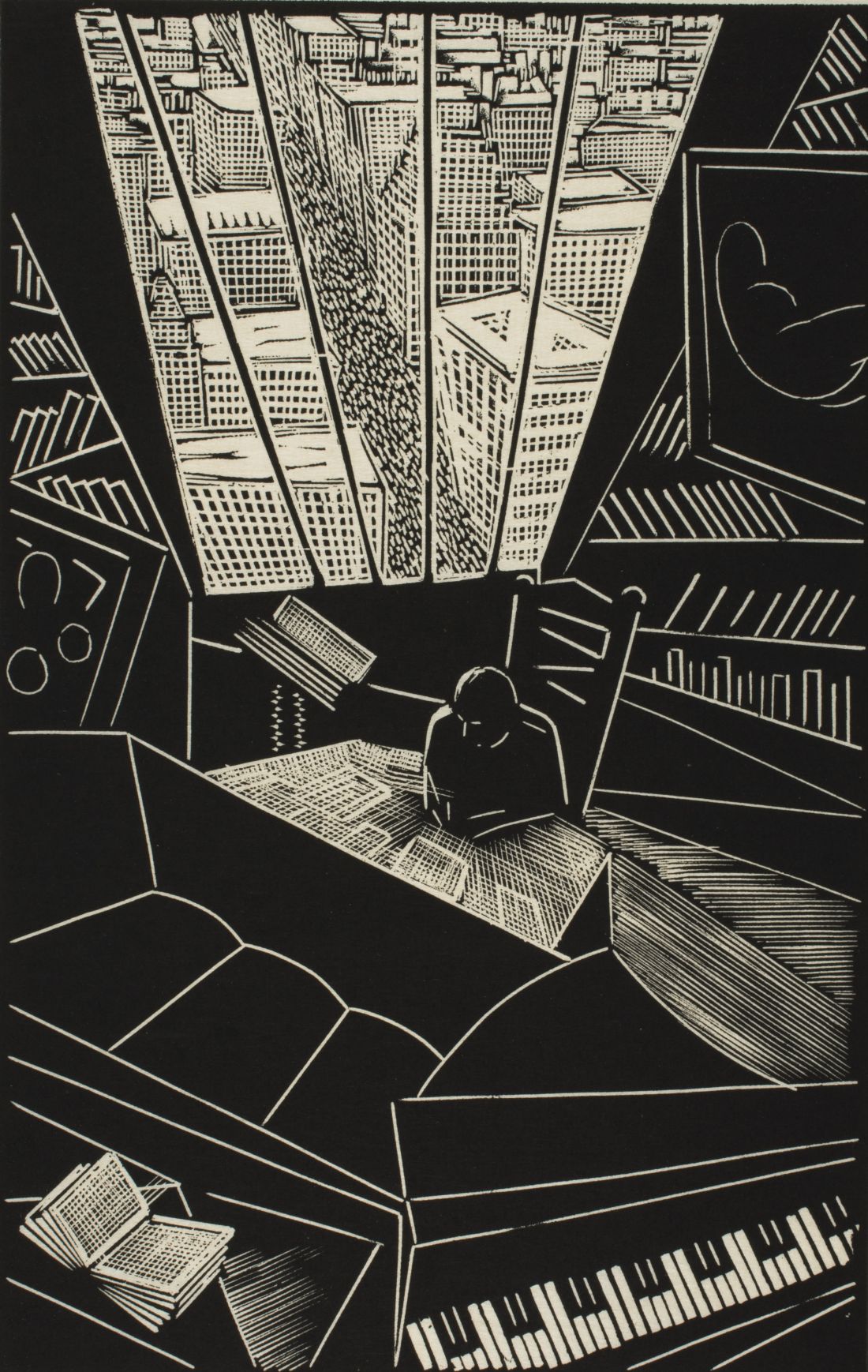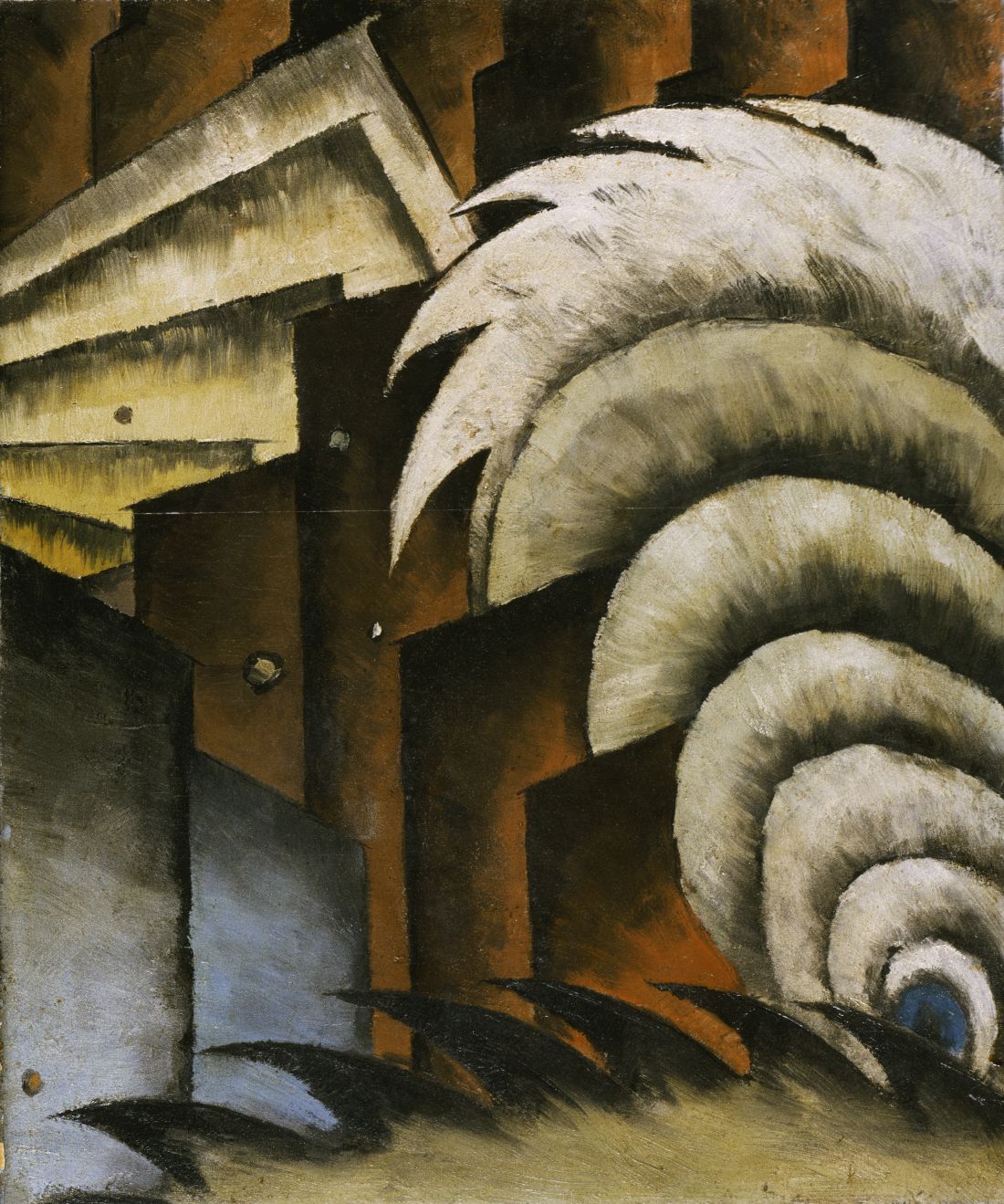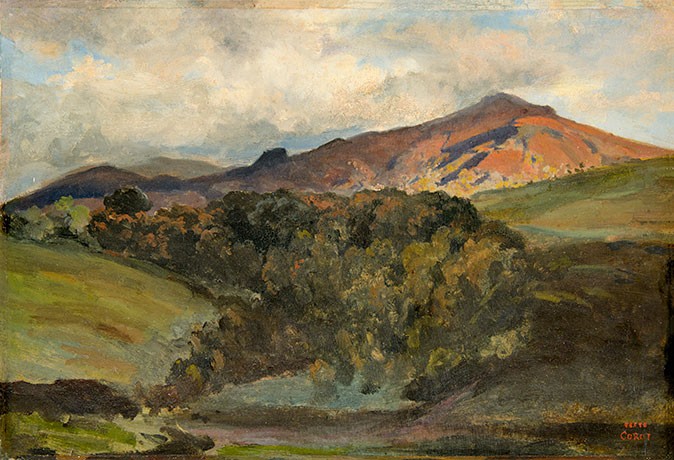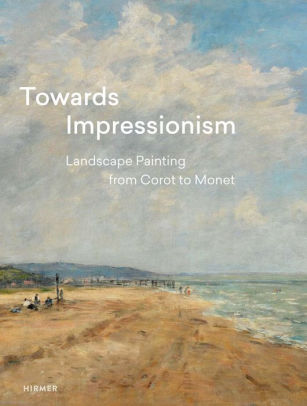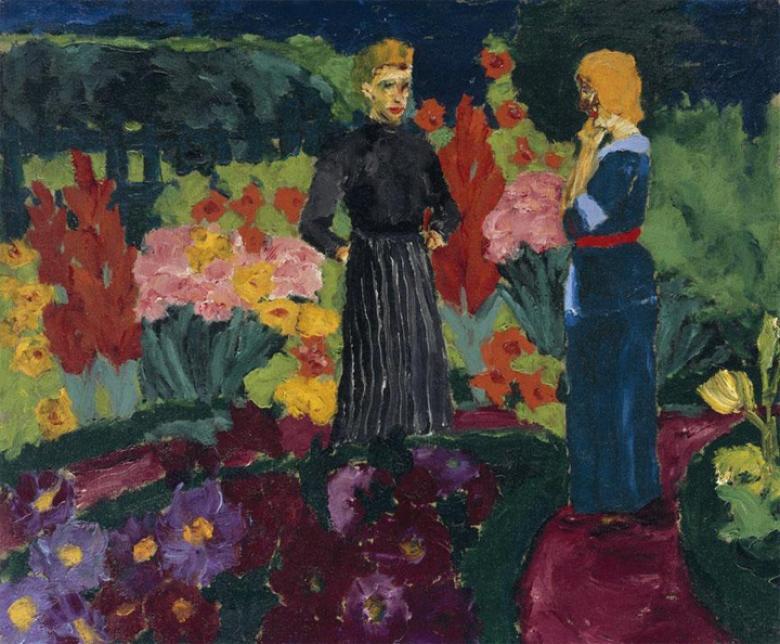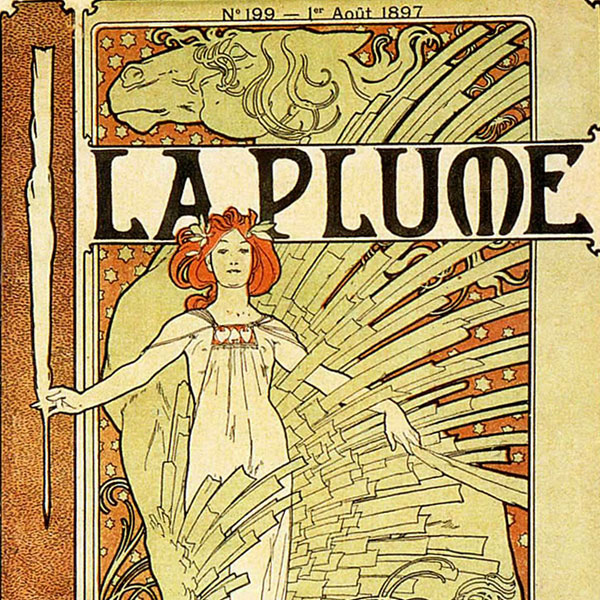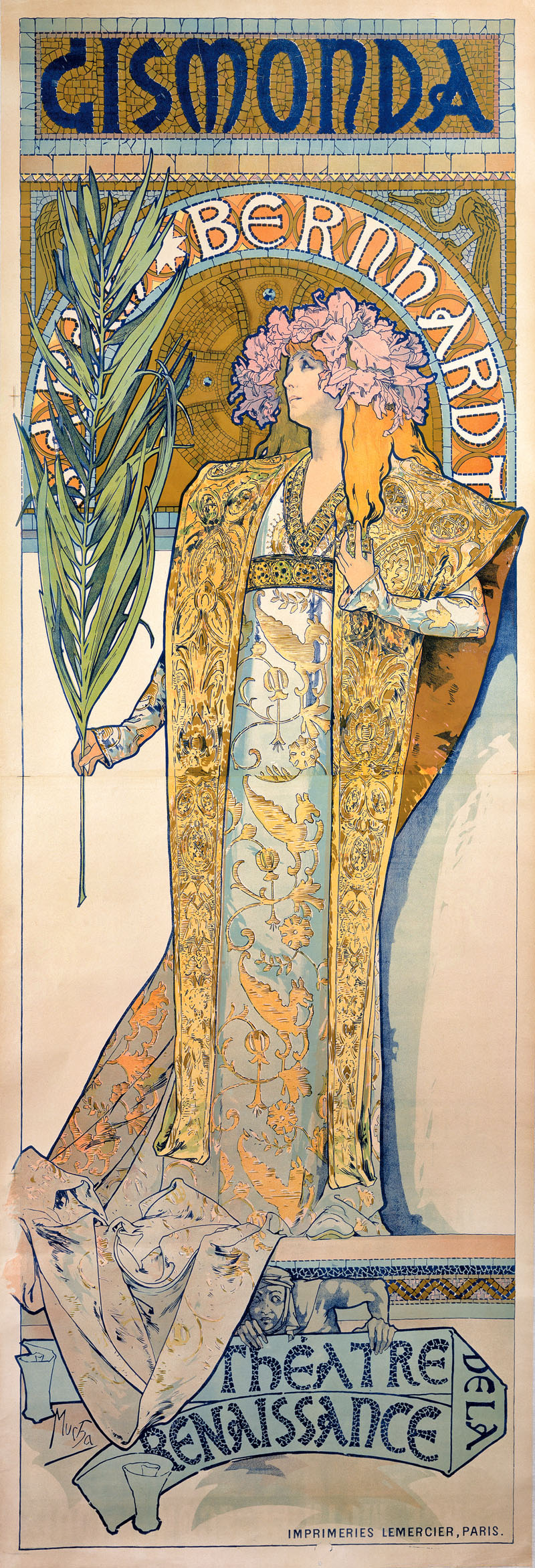18th January – 10th June 2018
2018 is the year of the Leopold Museum: as Vienna celebrates Viennese Modernism and its protagonists Klimt, Schiele and Moser, the Leopold Museum traces an arc from the movement’s beginnings with Anton Romako to the Schiele jubilee exhibition, via Klimt, Moser, Gerstl, Kokoschka and the photographers Moriz Nähr and Madame d’Ora all the way to Brus and Palme, while the exhibition “WOW! The Heidi Horten Collection” unites 100 years of art history from Klimt to Hirst.
A century ago, the year 1918 saw
the passing of the protagonists of Viennese Modernism Gustav Klimt, Egon
Schiele and Koloman Moser who shaped the period of Vienna around 1900.
Seeing as these artists and their milieu provide important emphases
within the collection of the Leopold Museum, they will dominate the
museum’s 2018 exhibition program. “Next year, we will be able to offer
the most important exhibitions throughout this anniversary year of
Viennese Modernism,” Wipplinger announced proudly.
The commemorative year kicks off with the exhibition “VIENNA AROUND 1900. KLIMT – MOSER – GERSTL – KOKOSCHKA” (18th January – 10th June 2018), which will present works from Viennese Jugendstil to Austrian Expressionism by these protagonists. Along with eminent chief works by Gustav Klimt, including
Death and Life (1911/15)
and the lakescape created in 1900 On Lake Attersee,

Venus in the Grotto by Koloman Moser
the presentation also features Kolo Moser’s paintings as well as outstanding examples of design from around 1900, including furniture, artisan craftwork and posters, created by this “artist of a thousand talents” and co-founder of the Wiener Werkstätte.
The radical works by the proto-Expressionist Richard Gerstl will once again be on display at the Leopold Museum following their tour with stops in Frankfurt and New York.
Featuring his trend-setting Self-Portrait, One Hand Touching the Face created in 1918/19, which is a symbol of Austrian art embarking on a new era, Oskar Kokoschka, the enfant terrible of the Viennese art scene of the early 20th century, completes the tetrad of heroes in the only permanent Kokoschka hall in Austria.
EGON SCHIELE, Seated Male Nude (Self-Portrait), 1910 © Leopold Museum, Vienna | Photo: Leopold Museum, Vienna
Director Wipplinger is also delighted to present the jubilee exhibition "EGON SCHIELE” (3rd March – 4th November 2018) commemorating the 100th anniversary of the artist’s death, which he will curate together with Diethard Leopold. Seeing
as the Leopold Museum is home to the largest and most eminent
collection of works by Egon Schiele, a special exhibition will be
dedicated to the artist for this anniversary: unique in its
juxtaposition of paintings and works on paper – which for conservational
reasons will be shown in three separate stages – the presentation will
touch upon the most important themes in the life and work of the artist
and, according to Wipplinger, “promises to be the ultimate Schiele
jubilee exhibition”.

Egon Schiele, self-portrait with lampion fruits, 1912

Egon Schiele, self-portrait with lampion fruits, 1912
"SCHIELE – BRUS – PALME”, three enfants terribles of their respective generations, will broaden the conventional concept of art with their works in this exhibition (3rd March – 11th June 2018). Egon Schiele’s unsparing exploration of the individual, of the self, provided a necessary but unsettling prelude to the 20th
century ravaged by two world wars. In the 1960s, Günter Brus revisited
the body as a major theme in art, with Thomas Palme continuing Schiele
and Brus’ legacy with his graphic works one generation later. The
exhibition will provide for a fictitious – and in the case of Brus and
Palme also a direct – dialogue, transcending temporal, spatial and
social borders. The exhibition will be curated by the head of the Graz
Bruseum Roman Grabner.
The beginning of Modernism will be highlighted with the exhibition “ANTON ROMAKO” (22nd March – 18th June 2018). The retrospective curated by Marianne Hussl-Hörmann
showcases eminent works from the oeuvre of this unusual painter. Since
Rudolf Leopold recognized Anton Romako’s importance as one of the great
pioneers of Modernism very early on, the Leopold Museum as well as the
Leopold Private Collection house one of the most comprehensive
collections of works by the artist today.
GUSTAV KLIMT, The Bride, 1917/18 (unfinished) © Klimt-Foundation, Vienna
In the presentation “GUSTAV KLIMT” (22nd June – 4th November 2018), the artist, who also passed away in 1918, will be honored with a special exhibition commemorating the 100th
anniversary of his death and retracing his evolution from an exponent
of late Historicism towards the most eminent representative of Viennese
Jugendstil. Along with works from the holdings of the Leopold Museum and
the Leopold family’s private collection, the presentation will feature
exhibits from the Klimt Foundation, works given to the museum as a
permanent loan by a Klimt descendant as well as select international
loans.
Director Wipplinger emphasized the presentation of Klimt’s Symbolist painting The Bride curated by Sandra Tretter (Klimt Foundation). The group of figures rendered in the painting will be shown for the first time in connection with drawings and sketches of the depicted protagonists, most of which also hail from the collection of the Klimt Foundation.

... Gustav Klimt, Johanna Staude, 1917-1918

Gustav Klimt, Nuda Veritas, 1899
Director Wipplinger emphasized the presentation of Klimt’s Symbolist painting The Bride curated by Sandra Tretter (Klimt Foundation). The group of figures rendered in the painting will be shown for the first time in connection with drawings and sketches of the depicted protagonists, most of which also hail from the collection of the Klimt Foundation.

... Gustav Klimt, Johanna Staude, 1917-1918

Gustav Klimt, Nuda Veritas, 1899
